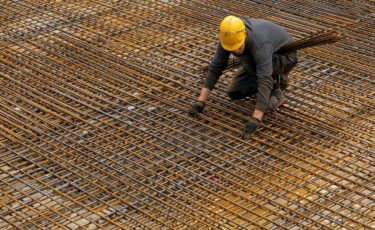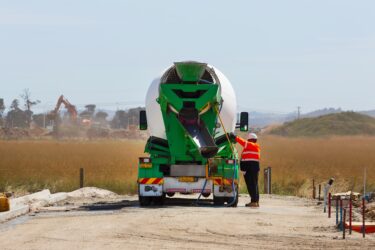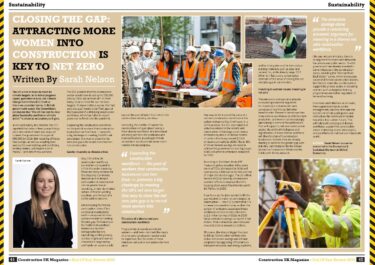Recent Release | 16 Nov 2022
Disrupt or die – Australia’s construction industry is at a crossroads

Construction Consulting Team

In 2020 the Australian Constructors Association commissioned BIS Oxford Economics to report on the opportunity cost of the poor productivity performance of Australia’s construction industry since 1990. The findings from the report have since been used to support the association’s advocacy efforts. Recognising the significant change to the construction landscape over the past few years, in September 2022 the Australian Constructors Association commissioned BIS Oxford Economics to update the data. This document reports on the latest findings.
In the eyes of the next generation of workers, construction is an industry that is stuck in the past. More businesses fail in construction than any other industry and, as an industry that operates on wafer-thin margins, workers are under pressure. They work long hours, suffer high-stress levels and are six times more likely to die from suicide than a workplace incident. Diversity is low and women make up only 12 per cent of the workforce.
In a recent survey less than one-third of Gen Z respondents said they would consider a career in the built environment. The industry has no choice but to transform, if for no other reason than to maintain a workforce large enough to deliver the substantial pipeline of work it is being called on to deliver. The demise of Australia’s construction industry is of national significance. Construction contributes 7 per cent of GDP and employs almost 1 in 10 of the working population.
This is the very industry called upon to rebuild Australia’s economy following the COVID pandemic. It is vital to the health of the economy and, importantly, the quality-of-life Australians enjoy. The link between improved productivity and industry sustainability is strong. Improvements to the industry’s productivity performance could save Australia $47 billion annually. Savings of this magnitude would go a long way in improving Australia’s budget bottom line and establishing Australia’s construction industry as a worldwide leader representing best practice. Government, industry and unions all agree on the opportunity and, more importantly, the need for change. Incremental change and 10-year horizons are out. To keep the industry alive it must transform, and it must transform now.
About the team
Our consulting team at Oxford Economics Australia are the world’s leading analysts of the global infrastructure construction sector. They combine their expert insight with our state-of-the-art economic models and tools to answer the crucial questions facing our clients. The lead consultant on this project was:

Adrian Hart
Associate Director, Infrastructure Construction, OE Australia
You might be interested in

Weakness in construction and its related sectors show the impact of interest rate hikes
Ever since the onset of advanced economies’ campaign of interest rate hikes in December 2021 there has been a lively debate about the impact and efficacy of tighter monetary policy in terms of reducing inflation and slowing growth. While inflation has indeed fallen across the world, the relative economic resilience in the United States in particular, which has raised interest rates significantly more than the eurozone, has raised questions about if and how much interest rates are actually depressing activity.
Find Out More
Chartbook: Global Construction Outlook Q3 2023
Global construction activity is now forecast to fall 1.6% in 2023 and rebound 0.5% in 2024 to $9.6tn. China’s real estate downturn continues to dominate the global outlook. We now expect a slower recovery in both residential and non-residential building activity – and anticipate a more muted recovery in Chinese GDP over the medium term.
Find Out More
Chartbook: Global Construction Outlook Q4 2023
We have downgraded our outlook and now forecast global construction activity to fall 0.3% in 2024 to US$9.6tn and rebound 2.4% in 2025 to $9.8tn. This downgrade is largely attributed to historical data revisions made by China’s National Bureau of Statistics which saw a higher level of activity in 2023
Find Out More
Closing the Gap: Attracting more women into construction is key to Net Zero.
Senior Economist Sarah Nelson expands on why women hold the key to achieving the all-important net zero target in the construction sector in Construction UK Magazine – End Of Year Review Edition 2023.
Find Out More